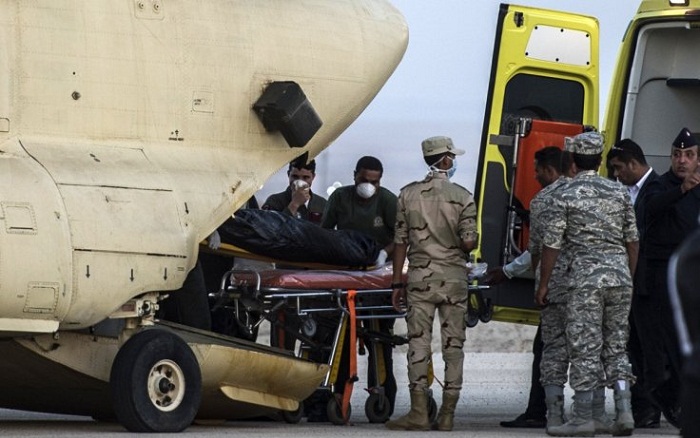Advice from authorities involved in the investigation has been varied. Egyptian President Abdul Fattah al-Sisi urged caution, but described as “propaganda” claims the militant group ISIL brought down the plane.
Metrojet’s Deputy General Director, Alexander Smirnov, told the press the airline had discounted technical problems and human error as possible causes for the crash, which occurred 23 minutes into a flight from Sharm el-Sheikh to St Petersburg.
Shortly afterwards, American media reported a US satellite had detected a heat flash over Sinai at the time of the crash.
Data gleaned from the satellite is reportedly being analysed to determine whether the flash happened during the flight, or on the ground.
The flash could have been caused by a range of factors: a missile; a bomb blast; an engine explosion; a structural problem; or contact with the ground.
Russian officials say the plane likely broke up mid-air, however the head of Russia’s Transport Agency, Alexander Neradko called on “the aviation community to refrain from any premature conclusions.”
“It is completely premature to speak about the reasons of this, as there are not grounds,” he told the Russian media.
Flightradar24, a flight-tracking website, says it received data indicating sharp changes in altitude and a decrease in ground speed were both believed to have taken place before air traffic control lost signal.
All 224 of those on board perished. Of those, seven were crew members. Russians made up the majority of the passengers, while four were Ukrainian and one Belarusian. The nationalities of three other passengers are not yet known.
More about:
















































